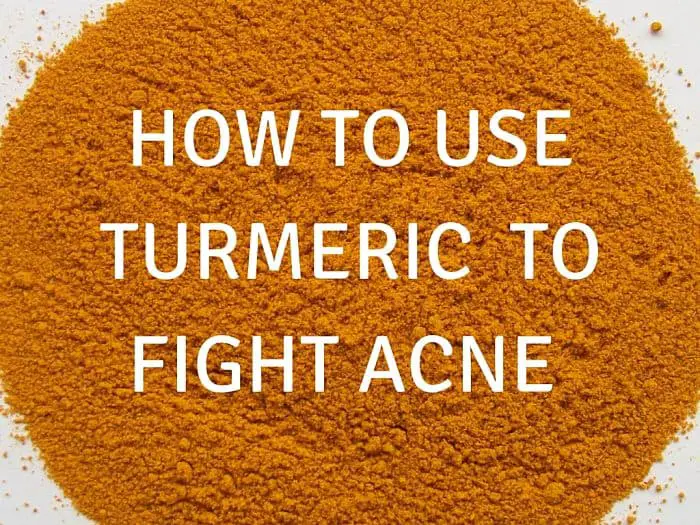Nearly 85 percent of people in the Western world have had acne at some point or another in their lives. It can cause scarring in more than 40 percent of those who suffer from it and it’s the most common reason for seeing a dermatologist.
While many may think of acne as a problem just affecting teenagers during puberty, this skin disorder can continue to occur in 20 percent of adults. It can appear during puberty, between the ages of 10 and 13 and remain into adulthood and even span into the elderly years.
What Is Acne?
Acne is a skin condition that usually occurs on the face, neck, shoulders, and back. It is caused when openings for hair follicles become clogged with oil and dead skin cells, and sometimes bacteria. They can take different forms. Non-inflammatory forms are called comedones, more commonly known as whiteheads or blackheads.
Inflammatory lesions come in four forms:
- Papules – A small raised bump that may be red and tender.
- Pustules (pimples) – A red, tender bump that has white pus at the tip.
- Nodules – A large, painful lump that is solid and beneath the skin.
- Cysts – A boil-like lump filled with pus beneath the skin.
The severity and length of appearance can depend on many things, such as hormones, stress, medications, and diet.
The myths that acne is caused by eating oily foods, chocolate, or dirty skin have all been found to be false. In fact, excessive cleaning of the skin may even make it worse.
Turmeric for Acne – The Science
Turmeric is said to have anti-inflammatory and antibacterial properties that aid in treating acne.
The use of turmeric as a herbal remedy is believed to have begun in Ayurveda, the traditional Hindu medical system from India, Southeast Asia, and the Middle East.
The active ingredient in turmeric is curcumin. This ingredient is what causes turmeric to have its bright yellow color, and it’s the ingredient that’s believed to have the medical properties.
While those who practice Ayurveda medicine claim that it’s successful in treating acne, those results have, as of yet, not been scientifically proven.
Dr. Nita Chainani-Wu from the University of California in San Francisco (UCSF) did an in-depth review of all published studies of turmeric for acne. She found that many studies were inconclusive due to lack of definitive results or poor study conduct. However, it was concluded that there were no side effects, regardless of amount and length of usage. Further valid studies would be needed for widespread medical acceptance to occur.
Turmeric Acne Treatments
The method for treating acne with turmeric can be both internal and external. A daily supplement can be taken internally for treatment. When taking orally, it is often recommended to supplement it with black pepper. A compound called piperine found in black pepper aids in the absorption of turmeric into the blood stream.
One popular method is to take the turmeric in a spoonful of extra virgin olive oil with a dash of black pepper. A recommended starting dose is two to three 500mg capsules a day, however, more can be taken. Another oral method is to mix the turmeric into a drink.
Turmeric Acne Cocktail
- 1 oz juiced turmeric root or 1-2 tsp. of turmeric powder.
- 1 cup fruit juice, any kind will do. Depends on individual taste.
- 1 dash black pepper.
Mix the ingredients in a glass and then consume. This drink can be consumed multiple times a day.
Treating acne with turmeric externally is also possible. However, it is important to do a skin test before starting an extensive skin treatment plan, as too much turmeric can irritate the skin.
To use turmeric externally, a cream or mask can be made using other ingredients, such as honey or sesame oil. The most simple way is to mix ¼ tsp. of powdered turmeric with one or two teaspoons of milk cream. Then spread the cream on the skin evenly. Allow to sit for 15 minutes and then rinse gently.
Despite the lack of evidence that shows that using turmeric for acne works there is abundance of testimonials from people who claim to get results from using this medicinal herb.
The risk to trying this herb as an acne remedy is usually minimal and might appeal to those that have had little success with other treatments or just prefer more natural approach.
For more information on turmeric click here.
Supporting References
1.http://www.aad.org/media-resources/stats-and-facts/conditions/acne
2.http://www.acne-resource.org/understanding-acne/acne-statistics.html
3.The Mayo Clinic – Acne Treatments
4.http://theacnezone.com/turmeric-for-acne/
5.http://www.progressivehealth.com/turmeric-acne.htm
6.http://www.progressivehealth.com/turmeric-acne.htm
7.http://theacnezone.com/turmeric-for-acne/
Thordur Sturluson
Latest posts by Thordur Sturluson (see all)
- What is the Difference Between Hemp and Marijuana? - June 3, 2019

Leave a Reply